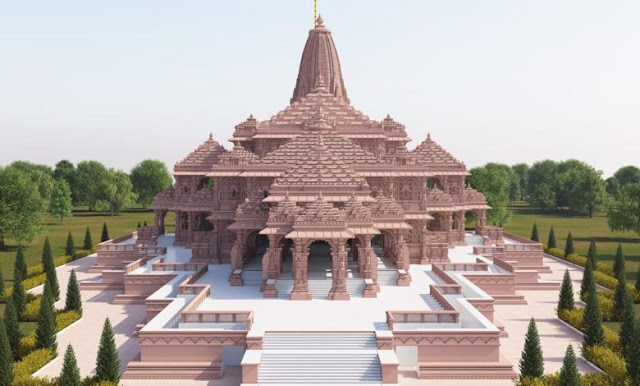The Journey of Ram Mandir

The Journey of Ram Mandir Introduction: The construction of the Ram Mandir in Ayodhya is a monumental chapter in the history of India, interwoven with faith, cultural identity, and a protracted legal battle. This journey, spanning several decades, has seen emotional highs and lows, legal intricacies, and a profound impact on the socio-political fabric of the nation. In this article, we delve into the multifaceted journey of the Ram Mandir, from its roots in history to the historic moment of its consecration. Ancient Roots: The story of Ram Mandir is deeply rooted in ancient Indian history, revolving around the revered figure of Lord Ram, a central character in the Hindu epic, Ramayana. According to tradition, Ayodhya is believed to be the birthplace of Lord Ram, and a temple dedicated to him stood at the disputed site for centuries. The history of this sacred place became a focal point of contention and legal battles in modern times. Babri Masjid and the Dispute: The Babri Masjid, buil...








